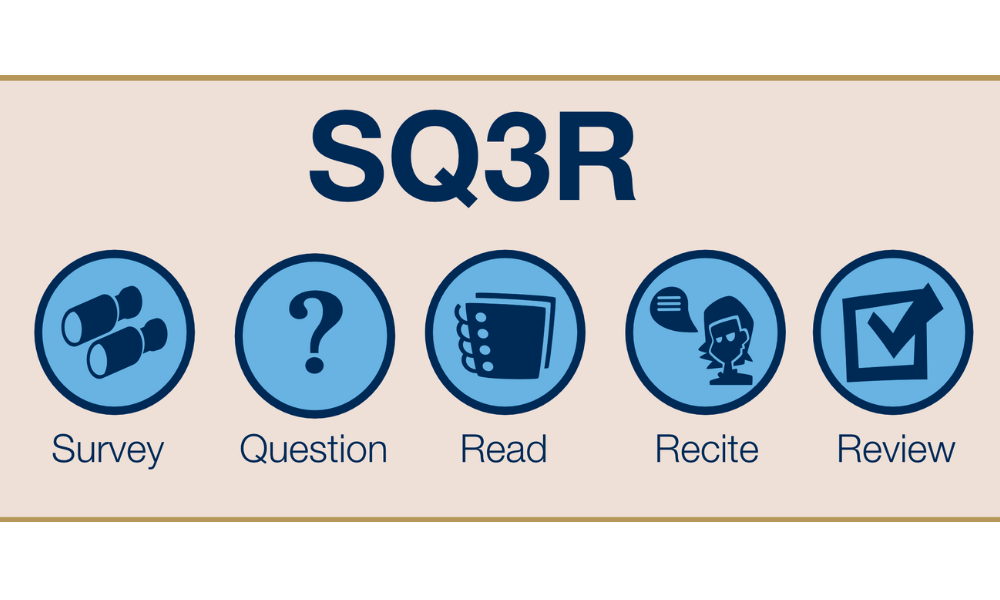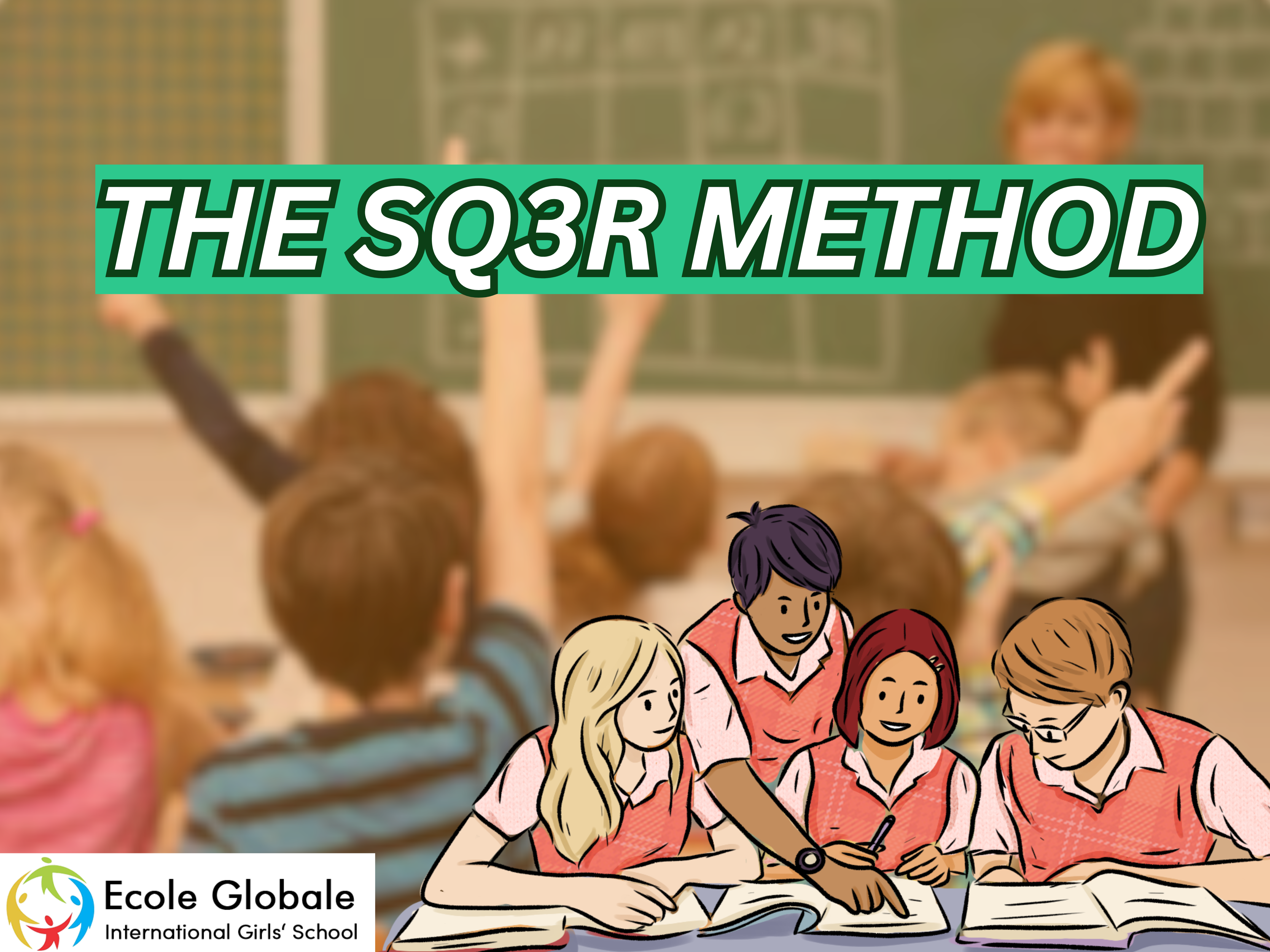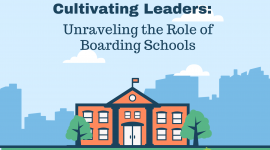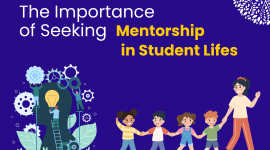The SQ3R method, also known as the SQRRR method, is a widely recognized and highly effective reading comprehension strategy that has been used by students, researchers, and professionals for decades. This five-step process, which stands for Survey, Question, Read, Recite, and Review, is designed to help individuals actively engage with the material they are reading, improve their understanding, and enhance their ability to retain and recall information.
The SQ3R methods

Step 1: Survey
The first step in the SQ3R method is to survey the material. This involves quickly skimming through the text to get a general idea of the content, structure, and organization. During the survey phase, you should pay attention to the following:
- The title, headings, and subheadings: These provide a roadmap of the main topics and ideas covered in the text.
- The introduction and conclusion: These sections often give an overview of the key points and the author’s main arguments.
- Any visual aids, such as images, graphs, or tables: These can provide valuable context and support the written information.
- The length and structure of the text: This can give you a sense of the level of detail and the overall complexity of the material.
By surveying the text, you can begin to formulate a basic understanding of the content and identify the key areas that you should focus on during the subsequent steps of the process.
Step 2: Question
The next step in the SQ3R method is to generate questions about the material. This involves actively engaging with the text and thinking about what you want to learn or understand. Some effective strategies for this step include:
- Turning the headings and subheadings into questions: For example, if the heading is “The Impact of Climate Change on Coastal Communities,” you could ask, “What are the impacts of climate change on coastal communities?”
- Considering any questions or prompts provided at the beginning of the chapter or section.
- Thinking about any specific information or concepts that you need to understand or clarify.
By formulating questions, you are shifting your mindset from passive reading to active learning. This helps you stay focused and engaged with the material, and it also prepares you to better comprehend and retain the information. 2
Step 3: Read
Once you have surveyed the text and generated questions, the next step is to read the material carefully and actively. During this phase, you should:
- Read the text slowly and deliberately, focusing on understanding the key points and ideas.
- Pause periodically to check your understanding and make connections between the information presented.
- Take notes or highlight important concepts, definitions, and supporting evidence.
- Pay attention to any unfamiliar terms or concepts and make a note to research them further.
By reading actively and engaging with the material, you are more likely to remember and apply the information effectively.
Step 4: Recite
The fourth step in the SQ3R method is to recite the key points and information you have learned. This can be done in a variety of ways, such as:
- Summarizing the main ideas and supporting details in your own words.
- Explaining the key concepts to a friend or classmate.
- Creating an outline or a set of study notes that capture the essential information.
The act of reciting the information helps to solidify your understanding and make the information more accessible in your memory. It also allows you to identify any gaps or areas where you may need to revisit the material.
Step 5: Review
The final step in the SQ3R method is to review the material. This involves revisiting the text, your notes, and any other resources you have gathered to ensure that you have a comprehensive understanding of the content. During the review phase, you should:
- Reread the material, focusing on the key points and concepts.
- Check your notes and highlights to ensure that you have accurately captured the essential information.
- Practice reciting the material again, either aloud or in your head.
- Identify any areas where you still need clarification or additional information.
Regular review is crucial for long-term retention and understanding. By revisiting the material, you can reinforce the connections you have made and solidify your knowledge.
The Benefits of the SQ3R Method

The SQ3R method offers numerous benefits for individuals who are looking to improve their reading comprehension and academic or professional performance. Some of the key advantages of this approach include:
- Improved Retention and Recall: By actively engaging with the material through the various steps of the SQ3R method, you are more likely to remember and recall the information effectively.
- Enhanced Understanding: The process of generating questions, reading actively, and reciting the key points helps you to develop a deeper understanding of the material, rather than just memorizing facts.
- Increased Efficiency: The SQ3R method provides a structured approach to reading and learning, which can help you to navigate complex texts more efficiently and effectively.
- Adaptability: The SQ3R method can be applied to a wide range of materials, including textbooks, research articles, and even online content, making it a versatile tool for learners.
- Transferable Skills: The skills and strategies developed through the SQ3R method, such as active reading, critical thinking, and effective note-taking, can be applied to a variety of academic and professional contexts.
Overall, the SQ3R method is a powerful and well-established approach to reading and comprehension that can benefit individuals in a wide range of settings, from students studying for exams to professionals conducting research or analyzing complex information. By incorporating this method into your learning and reading practices, you can develop the skills and strategies necessary to succeed in your academic or professional pursuits.









